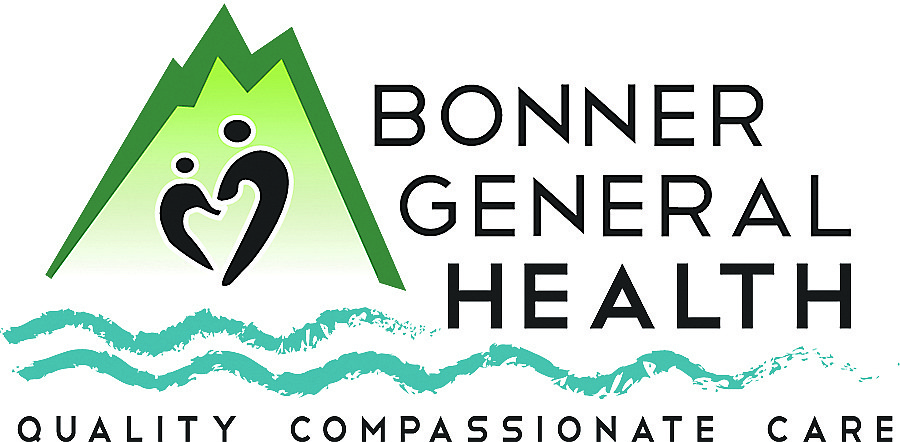Three out of four adults will develop hemorrhoids
KATHY HUBBARD / Contributing Writer | Bonner County Daily Bee | UPDATED 1 year, 5 months AGO
If reading about things that happen to the thing you sit upon, you may want to skip today’s article. But know this one fact: three out of four adults will have hemorrhoids at one time or another in their lifetime.
Also called piles, hemorrhoids are swollen, enlarged veins that form inside and outside your anus and rectum. (One website felt the need to explain that “the anus is the hole you poop out of.”) Hemorrhoids can be painful and can cause rectal bleeding.
Cleveland Clinic’s website says, “we’re all born with hemorrhoids, but at baseline, they don’t bother us. It’s only when they become swollen and enlarged that they produce irritating symptoms.
People at any age can get symptomatic hemorrhoids, even teenagers, but they are uncommon in children. “They’re more common as you age, affecting more than half of people over age fifty,” Cleveland says.
Medical News Today says that doctors don’t fully understand why hemorrhoids appear, but they’ve ascertained that there are some contributing factors. Pregnancy is one of them.
“During pregnancy, tissues in the rectum become weaker, and hormones cause veins to relax and swell. Hemorrhoids may occur in up to 35% of pregnant women.”
Other risks include having chronic constipation or chronic diarrhea; sitting too long, especially on the toilet; straining while having a bowel movement; eating a low-fiber diet; repeatedly lifting heavy objects; having anal sex; being overweight or obese, or having a family history of hemorrhoids.
There are two different types, external and internal hemorrhoids. Mayo Clinic’s website says, “external hemorrhoids are under the skin around your anus. Signs and symptoms might include itching or irritation in your anal region; pain or discomfort; swelling around your anus, and bleeding.”
Internal hemorrhoids occur inside the rectum. They, obviously, can’t be seen or felt and often don’t cause any discomfort. “But straining or irritation when passing stool can cause painless bleeding during bowel movements. You might notice small amounts of bright red blood on your toilet tissue or in the toilet,” Mayo Clinic explains.
“Straining may also cause a hemorrhoid to push through the anal opening (prolapsed or protruding hemorrhoid), resulting in pain and irritation.” Internal and external hemorrhoids can prolapse, and bleeding and pain may ensue when they do.
In most cases, simple at-home treatments can alleviate symptoms while the hemorrhoids heal on their own. But it’s important to note that if your symptoms continue for more than a week, you should contact your primary healthcare provider.
Even though hemorrhoids are the most common reason for rectal bleeding, they can also be a sign of Crohn’s disease, ulcerative colitis, colorectal cancer and anal cancer. See why you need to call the medico?
Mayo says that complications, although rare, can include anemia, strangulated hemorrhoid, or a blood clot. “Blood loss from hemorrhoids may cause anemia, in which you don’t have enough healthy red blood cells to carry oxygen to your cells. If the blood supply to an internal hemorrhoid is cut off, the hemorrhoid may be ‘strangulated,’ which can cause extreme pain.”
Although not dangerous, a clot can form in the hemorrhoid, which can not only be extremely painful but may need to be lanced and drained.
As for treatment, several over-the-counter medications may alleviate symptoms. These creams, ointments and pads contain lidocaine, witch hazel or hydrocortisone, which are applied to the affected area.
You should also drink more water and increase your fiber intake through diet and supplements. Cleveland Clinic recommends sufferers consume at least 20 to 35 grams of fiber daily.
A 10-to-20-minute soak in a warm bath (sitz bath) can relieve the discomfort, and you can take an analgesic for the pain and inflammation. A stool softener (not a laxative) is often recommended.
You can help prevent hemorrhoids by eating a diet full of fruits, vegetables and whole grains, maintaining moderate body weight, and getting regular physical activity.
“Exercise helps stool move through the bowel, making bowel movements more regular,” Medical News Today says. They also say go to the bathroom when the urge hits. “The longer a person waits to use the toilet, the drier the stools will be.” Dryer stool equals straining to poop which also puts strain on the veins and causes, you guessed it, hemorrhoids.
Kathy Hubbard is a member of the Bonner General Health Foundation Advisory Council. She can be reached at kathyleehubbard@yahoo.com.




